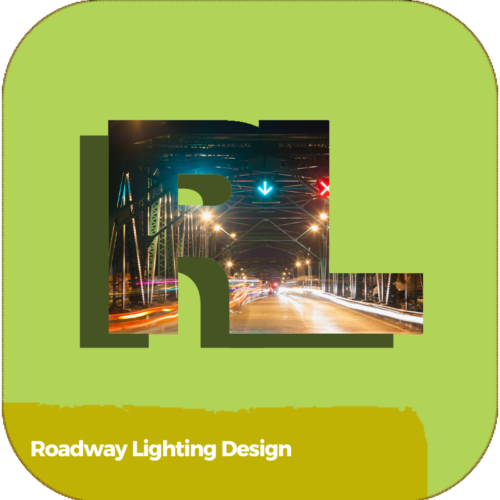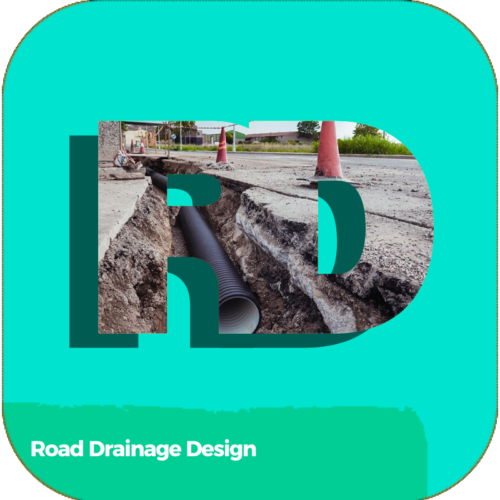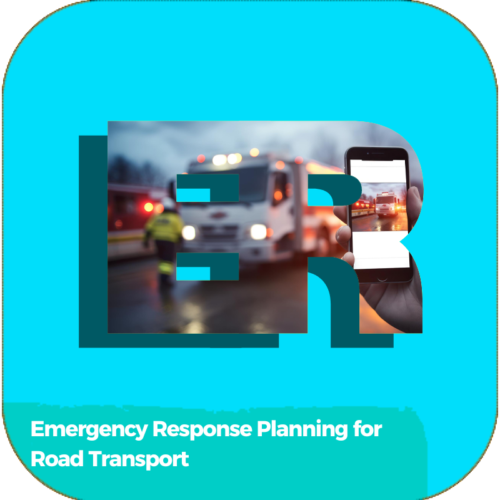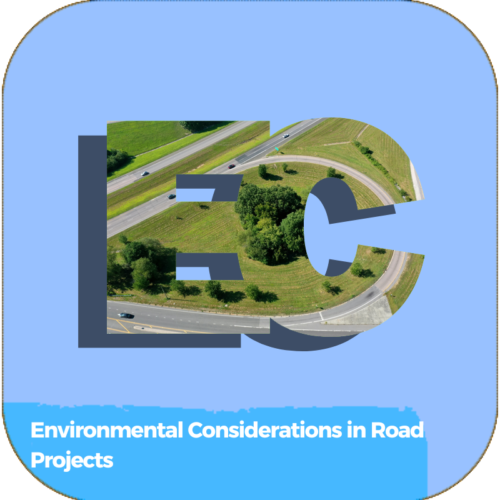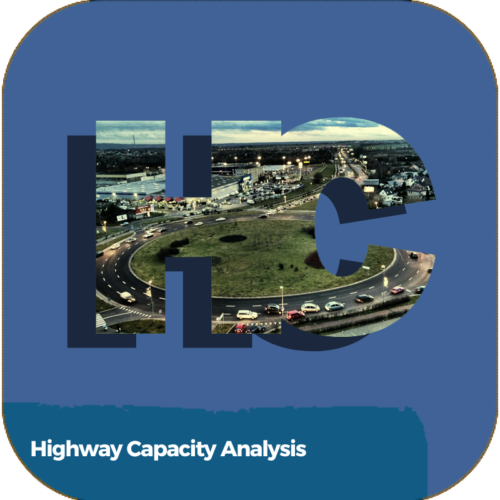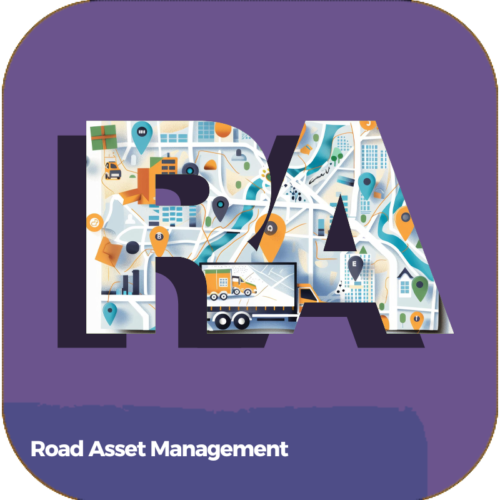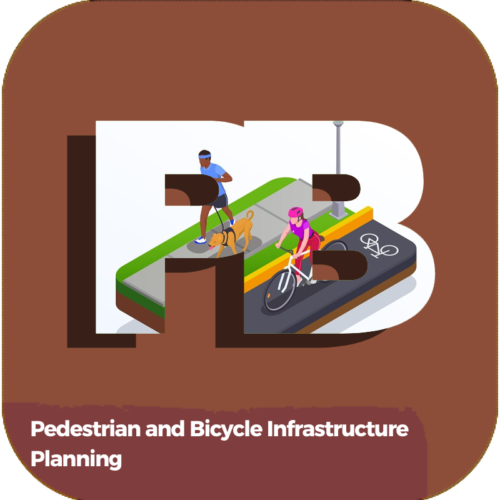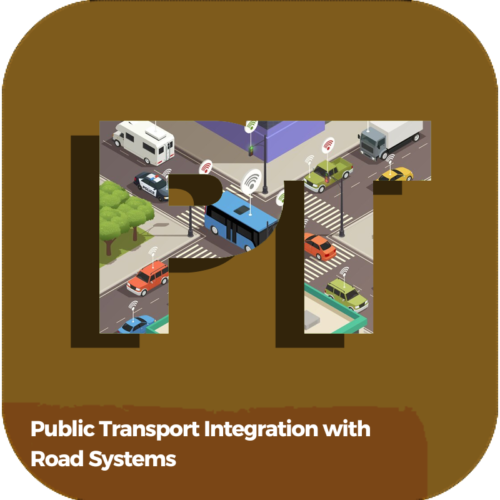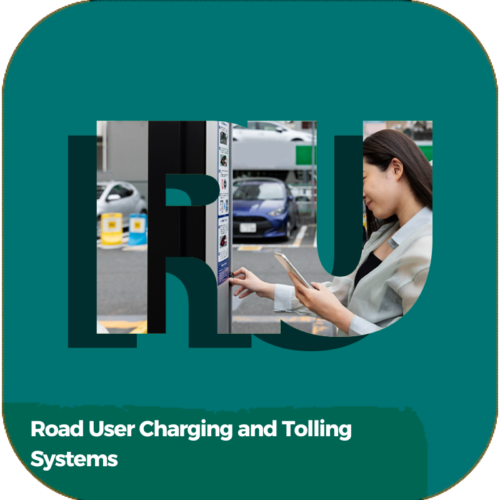Course Description: This course covers the analysis of highway capacity, including methods to evaluate and improve traffic flow on highways. Students will learn about capacity analysis tools, data collection, and the impact of capacity on road performance.
Course Objectives:- Understand the principles of highway capacity analysis.
- Learn methods to evaluate highway capacity.
- Collect and analyze data for capacity assessments.
- Develop strategies to improve highway capacity.
- Evaluate the impact of capacity on road performance.
Course Outcomes:- Conduct highway capacity analyses effectively.
- Use data to evaluate and improve highway capacity.
- Develop strategies to enhance traffic flow on highways.
- Assess the impact of capacity on road performance.
- Improve highway operations through capacity optimization.

